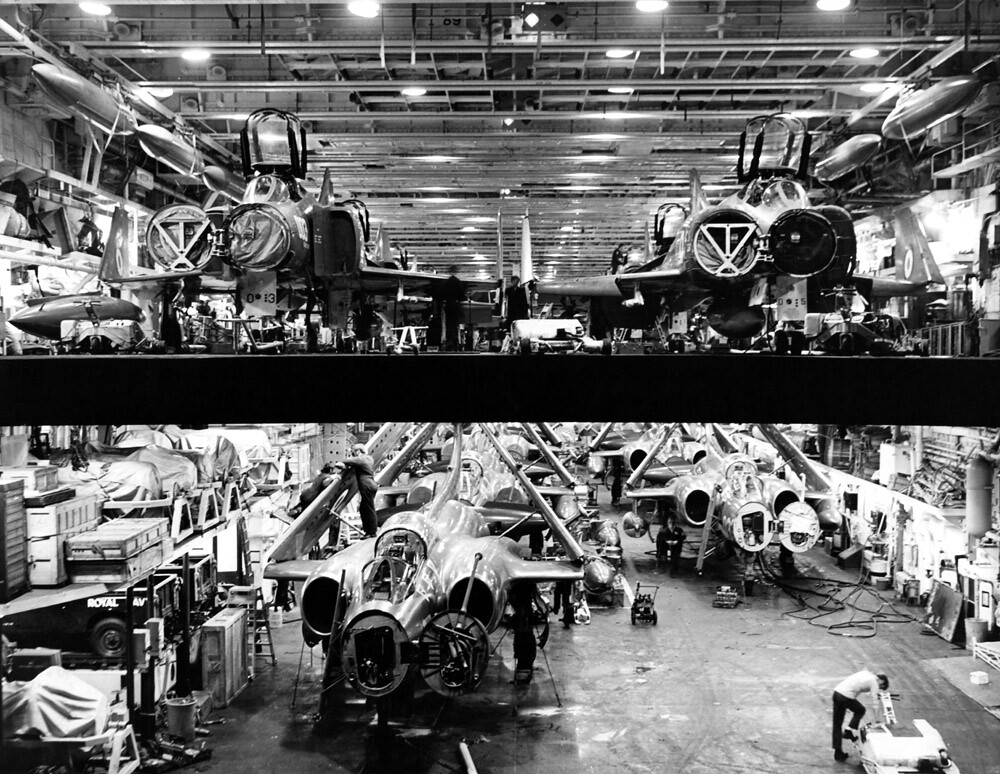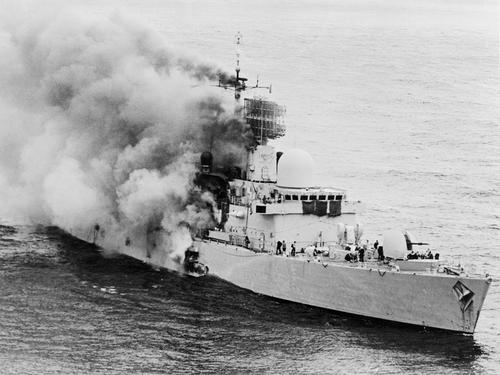Given that IOTL the Argentines couldn't even find the RN carriers let alone attack them effectively I think the threat of sinking is minor at best. ITTL with Buccaneers conducting continuous strike missions, Gannets providing low level radar cover, phantoms at barcap and sea harriers in close cap the chances of the 4 super etnards firing their 5 exocets at the CBG is very low indeed. But even if they did the 364lb warhead in the exocets is hardly going to sink a 45,000 ton WW2 carrier.
This. Eagle was built in an ancient time, when the shipbuilders art still included the mystical word "Armor". Oh don't get me wrong, an Exocet is going to do damage, maybe a lot of damage. But unless Eagle's damage control teams have been replaced by those from Akagi, she's not going down.


